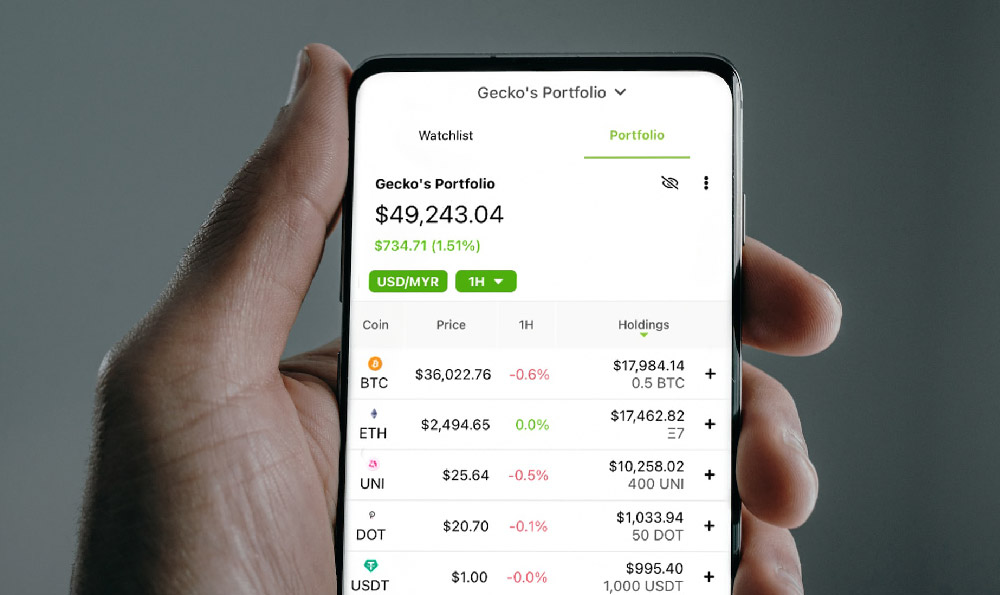
QQLink Customizable Deeplink Paths: Unlocking User Engagement and Growth
In the ever-evolving landscape of mobile marketing, the ability to seamlessly connect users with specific content within an app is paramount. This is where deeplinks come into play, acting as digital bridges that transport users directly to designated sections or features within an application, bypassing the often cumbersome process of navigating through menus and screens. QQLink, a robust and versatile deeplinking platform, takes this concept a step further by offering customizable deeplink paths, a powerful feature that unlocks a new level of personalization, tracking, and control over the user experience.
Customizable deeplink paths, at their core, allow developers and marketers to create unique and tailored URLs that precisely dictate the destination within an app. Unlike standard deeplinks that might simply open the app or direct users to a generic landing page, customizable paths enable the creation of highly specific entry points based on campaign parameters, user segments, or even individual user preferences. This granular control over the user journey offers numerous advantages, making it an indispensable tool for driving engagement, improving conversion rates, and gaining valuable insights into user behavior.

The "what" of customizable deeplink paths can be understood through several key components. First, there's the base URL, which identifies the app and the QQLink service. Then comes the customizable path itself, the portion of the URL that can be modified to specify the exact in-app location. This path can be structured hierarchically, using forward slashes to delineate different levels of navigation, mirroring the app's internal structure. Parameters can also be appended to the path, allowing for the transmission of data to the app, such as product IDs, referral codes, or user-specific information. Finally, there's the fallback URL, which dictates what happens if the user doesn't have the app installed. This could be a landing page on the app store or a mobile website providing information about the app.
So, "how" does one effectively harness the power of QQLink's customizable deeplink paths? The process typically involves several steps, beginning with strategic planning. The initial stage requires careful consideration of the marketing objectives and the user journeys you intend to optimize. What specific content within the app do you want to promote? What user segments are you targeting? What data do you need to pass to the app to personalize the experience? Answering these questions will lay the foundation for designing effective deeplink paths.
Once the objectives are clear, the next step is to define the desired deeplink structure. This involves mapping out the internal navigation of the app and identifying the specific paths that will lead users to the desired content. It's crucial to maintain a consistent and logical naming convention for the paths, making them easy to understand and manage. For example, a deeplink path for a specific product page might be structured as /products/electronics/smartphones/productID=12345. This clear structure allows the application to easily parse the URL and direct the user to the correct product page, identified by the productID parameter.
Next comes the implementation phase, where the deeplink paths are configured within the QQLink platform. This usually involves defining rules that map the custom paths to specific actions within the app. QQLink provides a user-friendly interface for creating and managing these rules, allowing developers to specify how the app should respond to different deeplink paths. The platform allows for setting up conditional logic to handle various scenarios, such as checking if the user is logged in or if they have specific permissions. This flexibility is crucial for creating a personalized and seamless user experience.
Testing is an absolutely essential step before deploying the deeplinks in any marketing campaign. Thoroughly test all the deeplink paths on different devices and operating systems to ensure they function as expected. Verify that the deeplinks correctly redirect users to the intended in-app locations and that any data passed through the parameters is being properly processed. This rigorous testing process will prevent frustrating user experiences and ensure the effectiveness of the deeplinking strategy.
After the deeplinks are launched, continuous monitoring and optimization are crucial. QQLink provides robust analytics dashboards that track key metrics such as click-through rates, conversion rates, and user engagement. Analyze this data to identify areas for improvement and refine the deeplink strategy accordingly. For example, if certain deeplink paths are performing poorly, consider adjusting the messaging or the targeting parameters. A/B testing different deeplink paths can also help identify the most effective configurations.
Moreover, customizable deeplink paths offer powerful tracking capabilities. By incorporating unique parameters into each deeplink, marketers can attribute app installs, engagement, and conversions to specific marketing campaigns or channels. This attribution data is invaluable for understanding the ROI of different marketing activities and for making data-driven decisions about future investments. Understanding the origin of your users and their interactions after the initial click is crucial for optimizing campaign performance and maximizing returns.
Beyond basic tracking, QQLink's customizable deeplink paths can also be used to personalize the user experience. By passing user-specific information through the deeplink parameters, the app can tailor the content and the user interface to match individual preferences. This level of personalization can significantly enhance user engagement and satisfaction. Imagine, for instance, a returning user being greeted with personalized recommendations based on their past purchase history, all triggered by a customized deeplink.
Finally, it's important to stay abreast of the latest best practices in deeplinking. The mobile landscape is constantly evolving, and new technologies and platforms are emerging all the time. Regularly review your deeplinking strategy and adapt it to the changing environment. Consider exploring advanced features such as deferred deeplinking, which allows you to track users who install the app after clicking on a deeplink, even if they don't immediately open the app. Staying informed and proactive will ensure that you continue to leverage the full potential of QQLink's customizable deeplink paths.
In conclusion, QQLink customizable deeplink paths are a powerful tool for driving user engagement, improving conversion rates, and gaining valuable insights into user behavior. By strategically planning, implementing, and monitoring your deeplinking strategy, you can unlock a new level of personalization and control over the user experience, ultimately leading to increased app usage and business growth. They are not merely links; they are personalized pathways to enhanced user experiences and significant business outcomes.





